Resilient cities after COVID-19: the need for green infrastructure
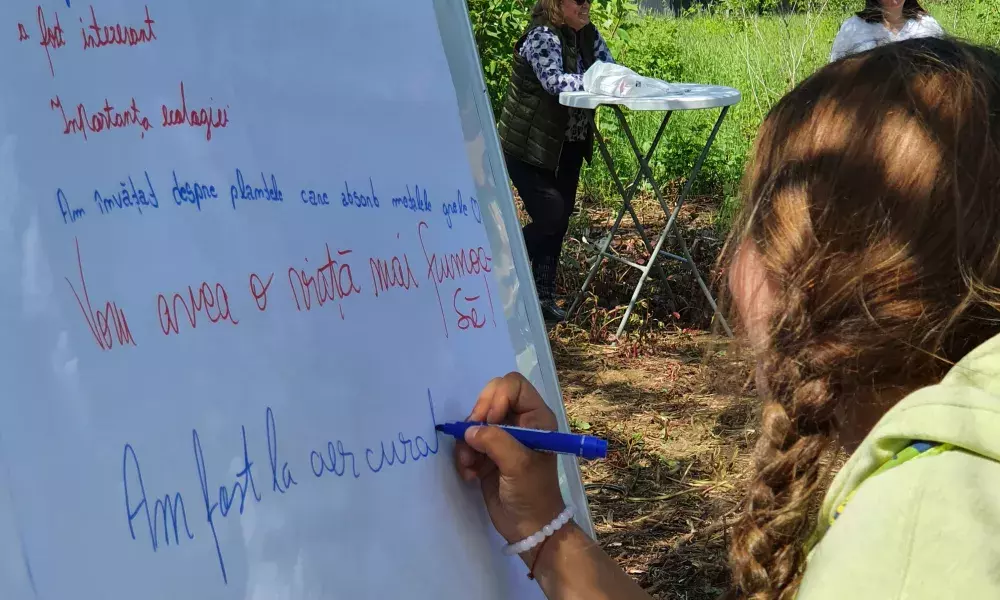
Green urban planning is now more compelling than ever. Urban green infrastructures offer a wide range of ecosystem services essential to withstand climate change-induced urban stresses and contribute to human physical and mental health, as well as general wellbeing.
The ecological transformation of five reclaimed areas in the city has involved the local communities, yielding a more resilient and sustainable urban design based on a participatory planning approach.
Green infrastructure and ecosystem services
Romplumb, Ferneziu, Colonia Topitorilor, Urbis, and Craica sites are reclaimed in Baia Mare under the SPIRE project, becoming strategic green infrastructure integrated into the future network of healthy natural and semi-natural areas within the BM 2050 Master Plan.
The green infrastructure in the city is composed of open public spaces and natural areas, parks and trees, green streets and squares, cycle and pedestrian paths, amongst other spaces. Other elements on a smaller scale that could be envisioned are green roofs, walls, and facades. Over time this network of green infrastructures will generate a wide range of social, environmental, and economic benefits for citizens, improving the urban environmental conditions and delivering a wide range of ecosystem services.
Ecosystems bring vital benefits to citizens, such as protection and enrichment of soils, purification of water and air, and biodiversity conservation. They are also in the frontline of climate change mitigation and reduction of natural disaster risk. They support a green economy and aim to create job opportunities, becoming a cost-effective alternative to traditional “grey” infrastructure.
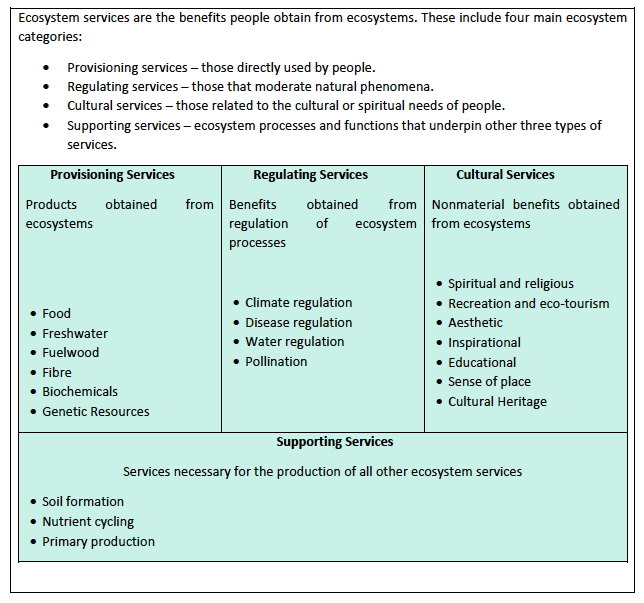
Fig. 2. Ecosystem services.
Source: Millennium Ecosystem Assessment
In the case of SPIRE and Baia Mare, the supporting services derived from soil protection go beyond expectations in the reclaimed areas since the project itself is remediating the polluted soil. The provisioning services will provide bio-based materials from harvested biomass to be used either as construction material, biofuel, or any other product fuelling new green circular businesses and organizations. The regulating services are essential for climate and health resilience, as the public health consequences of pollution are severe. Finally, the cultural services lean on the new design for the sites through participatory processes, inspiring a new way of understanding and living in the city.
Green infrastructure, well-being and health
Urban green infrastructure and well-being are two interconnected dimensions that feedback into one another. On the one hand, an individual’s well-being is enhanced through healthy interaction with green infrastructure; on the other hand, the more we use and enjoy parks and green streets, the more we become aware of the need to protect and improve them.
People everywhere wish and deserve a “good life.” We could say that our well-being refers to two main components: subjective and objective well-being. Whether assessed for an individual or a community, it must be treated as a multidimensional aspect.
According to the Millennium Ecosystem Assessment, there are 5 components for human well-being: the material needed for a good life (from food, shelter, or clothing to income and livelihoods), health (strengthen, well-being, and a physical environment allowing it), good social relations (mutual respect, social and family cohesion…), security (with regards to natural and/or human-made disasters, access to natural and other resources…), and freedom of choice.
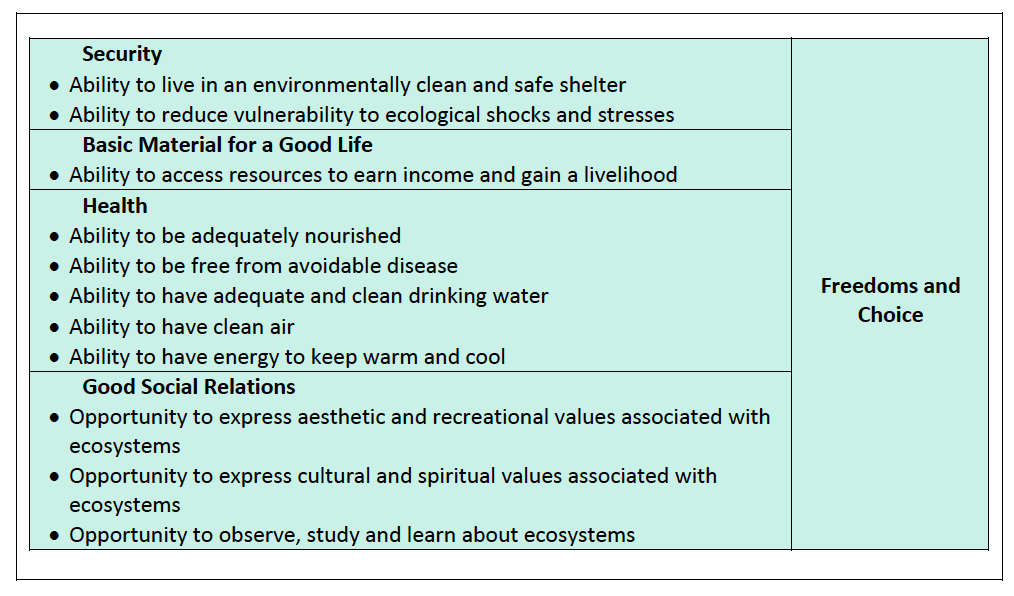 Fig. 3. Determinants and constituents of well-being. Source: Millennium Ecosystem Assessment
Fig. 3. Determinants and constituents of well-being. Source: Millennium Ecosystem Assessment
Green infrastructure can benefit well-being and health: Improving mental health (lowering the levels of mental distress, increasing positive feelings related to life satisfaction), improving physical health (mitigating air pollution and reducing noise pollution, facilitating physical activity), enhancing social cohesion (public spaces are an enabler of community activities and social interaction). Children and elderly people ae usually benefit the most when they have the chance to have a green space near their home. A well-designed network of green spaces also reduces health inequalities in cities.
We must not forget that an essential element linked to green infrastructure, ecosystem services, and well-being is the concept of biodiversity. Biodiversity contributes to many aspects of our well-being. It protects us and makes this planet still habitable, directly impacting our health (physical and psychological). In the recovery and greening process in the reclaimed areas of Baia Mare, the need for biodiversity plays an important role. Selected plants aim to avoid monoculture, including native species already existing on the sites, and considering the needs of the local fauna (urban birds, bees, and butterflies).
How is the SPIRE project redefining the future green spaces in Baia Mare?
Baia Mare municipality actively promotes land-use strategies and regulations. The city prioritizes NBS built upon social resilience-based sustainable proposals and initiatives, with the SPIRE project as a pioneer and champion of these initiatives. The city is currently involved in strengthening the civic spirit and the active participation of citizens in activities to improve the quality of life by implementing a participatory budgeting solution. It is called BAIA MARE BREATHES and allows allocating a budget and collecting project ideas from citizens.
The targeted projects that can be funded are:
- The use of plants and wood mass (biomass) to obtain new products of value to the community (e.g., new materials and/or products from biomass processing, solutions for urban regeneration using biomass, digitization of the biomass capitalization process).
- Arrangement of public spaces and green spaces for socializing near a neighbourhood of blocks of flats (arrangement, establishment, maintenance, and administration in the community).
- Selective collection of household waste for composting.
- Reuse of products from citizens that they no longer use: furniture, household appliances, electrical and electronic equipment that are in working order or can be repaired to be donated to disadvantaged people.
- Creative industries, education, and culture for environmental protection (development of opportunities for creative people, people with vast experience that can be shared to inspire others, proposals for educational and cultural activities that can lead to increasing the quality of education in terms of finding nature-based solutions to improve students' skills and/or ensure a healthier space for educational activities).
- Digitization (IT projects meant to increase the use of technologies to improve the quality of life in Baia Mare by using solutions based on nature, recycling, reuse, waste selection, reducing waste of uneaten food, etc.).
Citizens’ awareness regarding environmental issues is varied, even though a positive trend towards sustainable and “green” attitudes and behaviours can be observed. From October 2020, a co-creation process was launched in the city, mainly relying on digital activities due to the pandemic. These digital initiatives encompassed communication and dissemination actions and consultation, and collaborative workshops with the different communities (SPIRE - Technical Report D6.1.2).
For public consultation activities, the SPIRE team proposed 2 online questionnaires. They were focused on needs identification, problems solving, creativity, and ideas needed for the ecological transformation of the five public required spaces located in different neighbourhoods. The first activity was set up a brainstorming exercise. The second explored urban planning and design specifics as to the entrance's location and the relation with the urban context, pedestrian paths, and tracks design, ambiance, general aesthetics, functions, and specific facilities for each site. Both gathered inspiring answers and proposals.
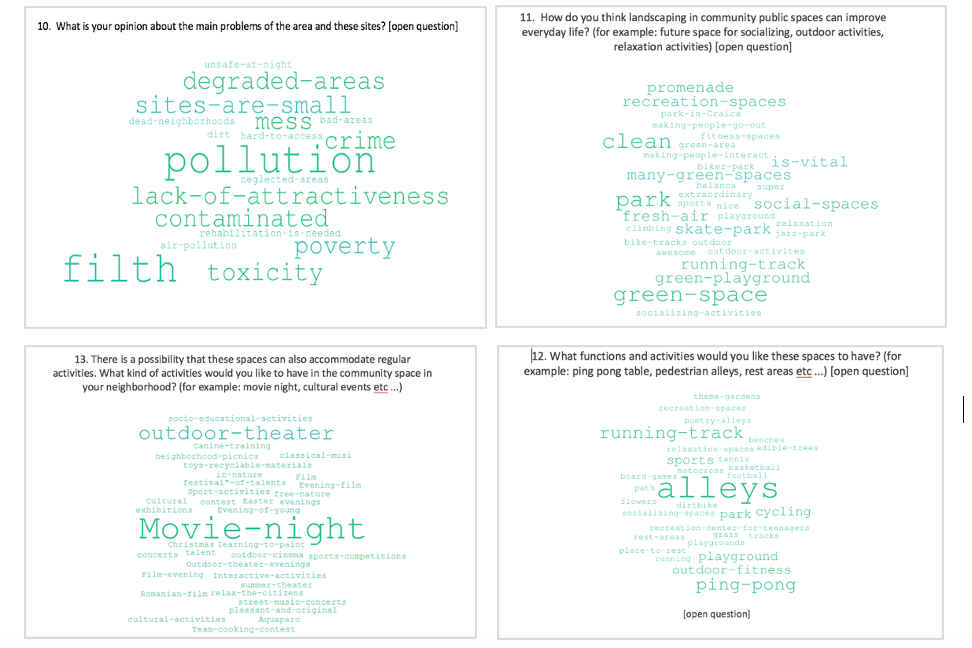 Fig.4. Questionnaire 1 results. Source: SPIRE- Technical Report D6.1.2 Report on co-design workshops with the SPIRE Local Action Network
Fig.4. Questionnaire 1 results. Source: SPIRE- Technical Report D6.1.2 Report on co-design workshops with the SPIRE Local Action Network
An overwhelming majority of survey respondents in Baia Mare think that the role of green spaces and vegetation to fight against air pollution is very important in the city and that we need more green spaces. Urban elements as thematic pedestrian routes, relaxation areas, unconventional and creative playgrounds, chess areas, and cultural and local events areas were considered necessary in all the sites - from an increasing scale from 1 to 5, most of the citizens voted between 3 and 5 - (SPIRE- Technical Report D6.1.2).
Community workshops were also organized to test the community's level of engagement and how to design a proper action plans with different actors. Blackboard exercises and dynamics were developed trying to find common grounds and shared solutions.
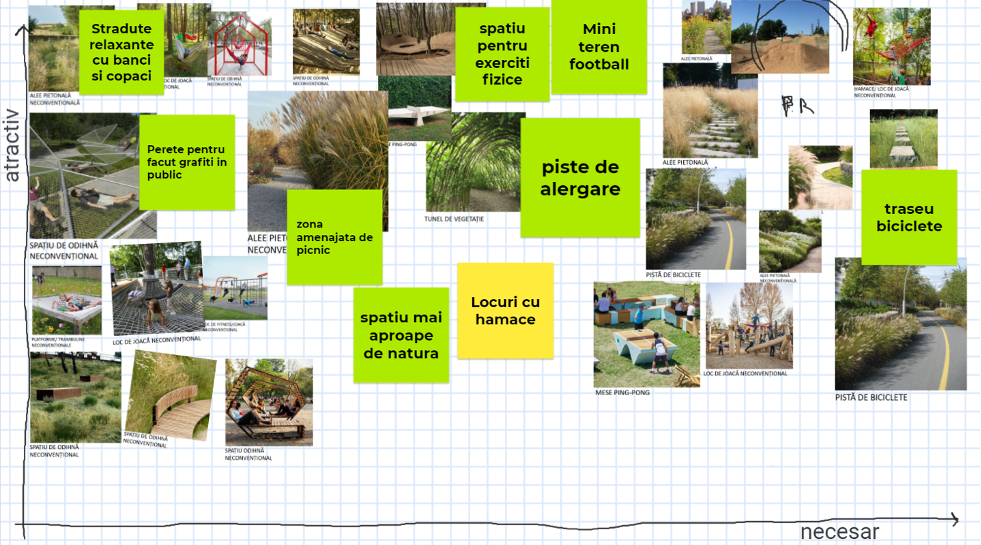 Fig. 5. Second exercise results Moodboard for Craica site. Source: SPIRE- Technical Report D6.1.2 Report on co-design workshops with the SPIRE Local Action Network
Fig. 5. Second exercise results Moodboard for Craica site. Source: SPIRE- Technical Report D6.1.2 Report on co-design workshops with the SPIRE Local Action Network
The ongoing steps of this series of activities are the definitive technical designs for pilot sites and several final in-situ interventions (like urban furniture, birdhouses, or places for nature observations). The purpose of the last stage of the different workshops is to co-implement the co-designed interventions and create a link (hopefully an emotional one) of the participants to the sites.
Quality of life in cities depends, among other things, on green (and blue) infrastructure and multifunctional services locally generated. The re-definition of these green spaces is enabled more and more through participatory budgeting and processes. Green infrastructures and their services are essential assets that cities need in order to enhance citizens' lives. The benefits for health and well-being cover a wide range of options and possibilities; they are definitely an investment worth making. Nature indeed can create an entirely new environment and exponential gains with positive side effects we are still to discover.
- Millennium Ecosystem Assessment (2005), Millennium Ecosystem Assessment. Available at: https://www.millenniumassessment.org/en/index.html
- EC Environment (2019). Ecosystem services and Green Infrastructure. Available at: https://ec.europa.eu/environment/nature/ecosystems/index_en.htm
- Abellán Ana -SudSostenible - (2015), Infraestructuras verdes y servicios ecos. Available at: http://sudsostenible.com/infraestructuras-verdes-y-servicios-ecosistemicos/
- EC EU Science Hub (2020). Ecosystems and biodiversity. Available at: https://ec.europa.eu/jrc/en/research-topic/ecosystems-and-biodiversity
- Summers J. K., Smith L.M., Fulford R. S., and De Jesus Crespo. R. (2017). The Role of Ecosystem Services in Community Well-Being. DOI: 10.5772/intechopen.74068. Available at: https://www.intechopen.com/books/ecosystem-services-and-global-ecology/the-role-of-ecosystem-services-in-community-well-being
- PERFECT Project (Planning for Environment and Resource eFficiency in European Cities and Towns) (2020). Factsheet 1. Green infrastructure and health. Available at: https://www.interregeurope.eu/fileadmin/user_upload/tx_tevprojects/library/file_1526374686.pdf
- Mihaiescu, T., Vidican, R., Miclaus, D., Plesa, A., Crisan, I. (2021). Perspectives on phytoremediation landscaping principles for post-industrial cities. Academia Letters, Article 309. https://doi.org/10.20935/AL309.
- Papina, Codruț (2021). SPIRE- Technical Report D6.1.2 Report on co-design workshops with the SPIRE Local Action Network
- Vidican Roxana, Mihăiescu Tania, Crișan Ioana, Sebestyen Tihamer, Vajda Lajos, Pleșa Anca (2021), SPIRE -Technical Report D.6.2.11-Safety and health plan for the sustainable community use of the SPIRE productive landscapes
- Andersson E., Tengö M., McPhearson T., Kremer P., (2015). Cultural ecosystem services as a gateway for improving urban sustainability. Ecosystem Services. Volume 12. Pages 165-168. ISSN 2212-0416. https://doi.org/10.1016/j.ecoser.2014.08.002.and https://www.sciencedirect.com/science/article/abs/pii/S2212041614000862
- SPIRE project (2020). Available at: http://spire.city
About this resource
The Urban Innovative Actions (UIA) is a European Union initiative that provided funding to urban areas across Europe to test new and unproven solutions to urban challenges. The initiative had a total ERDF budget of €372 million for 2014-2020.
Similar content




